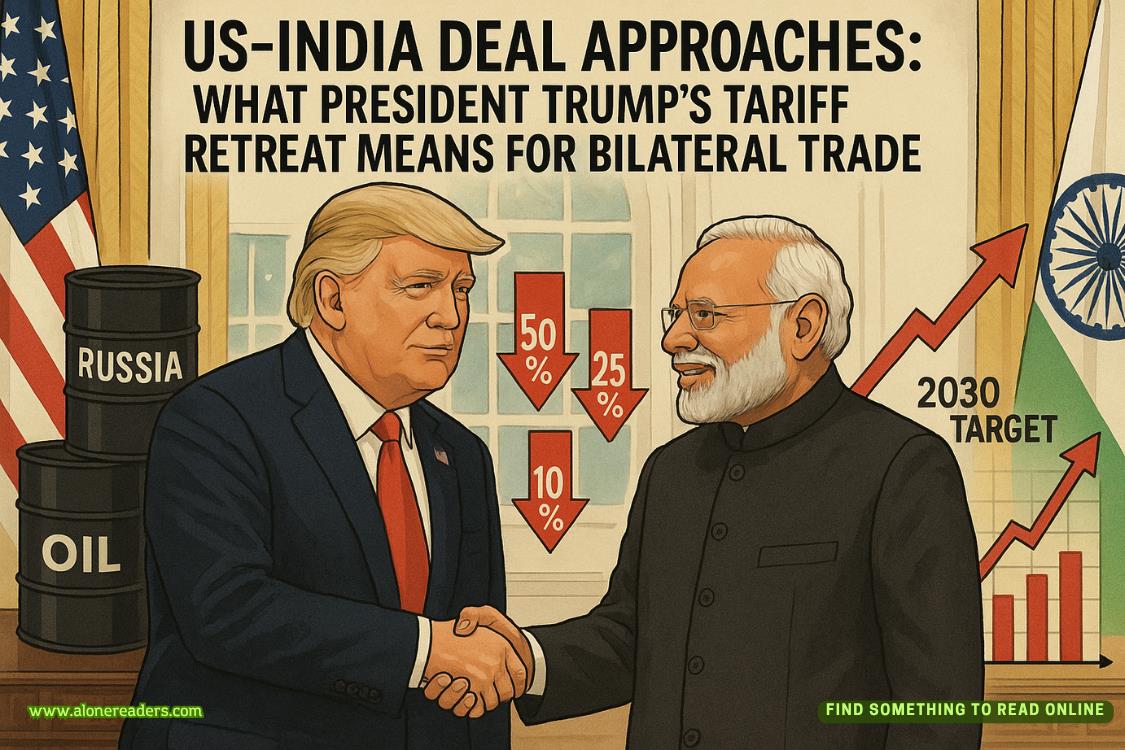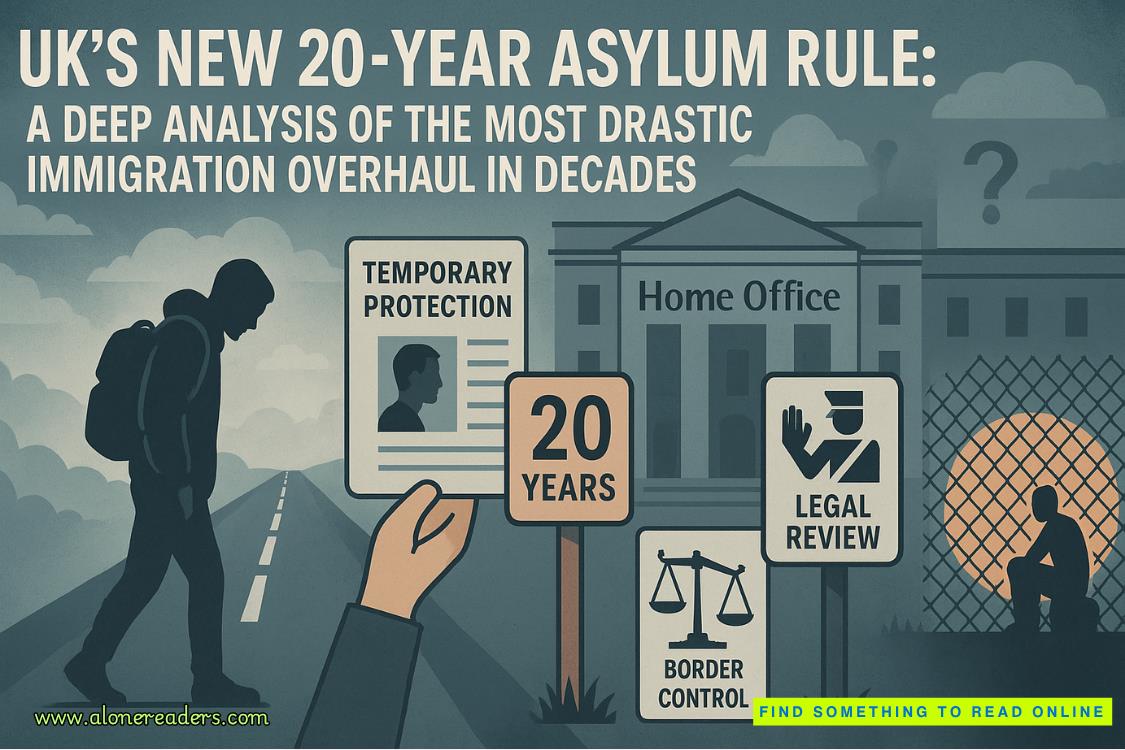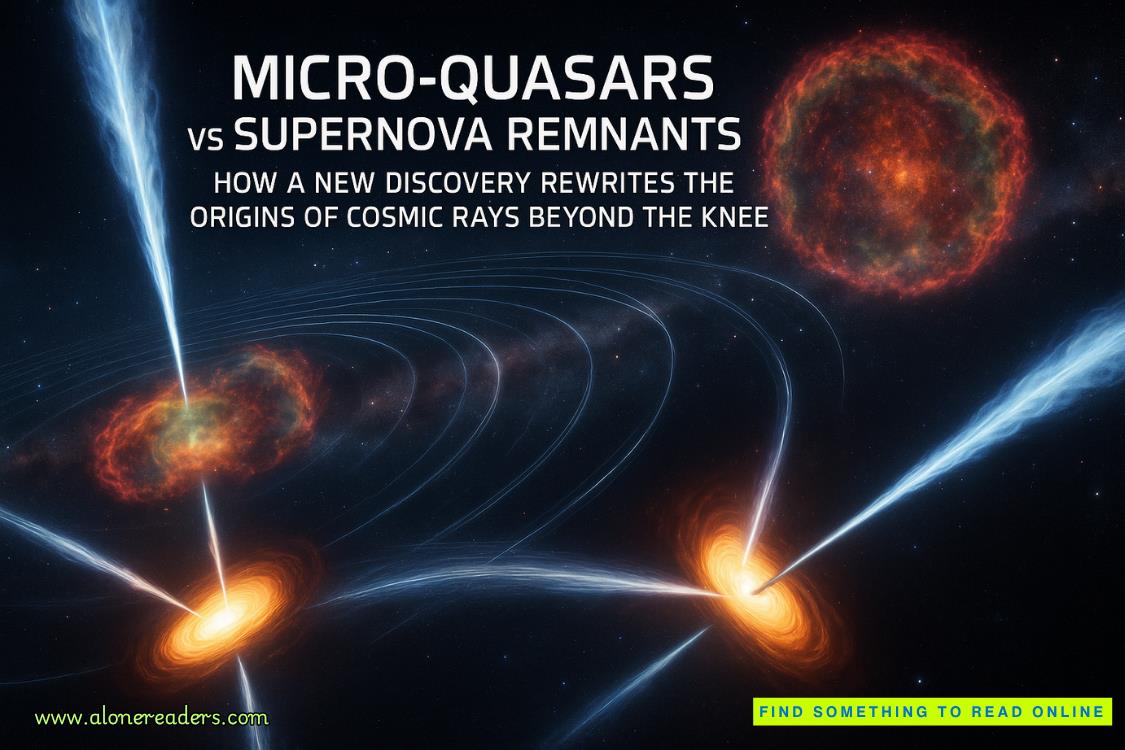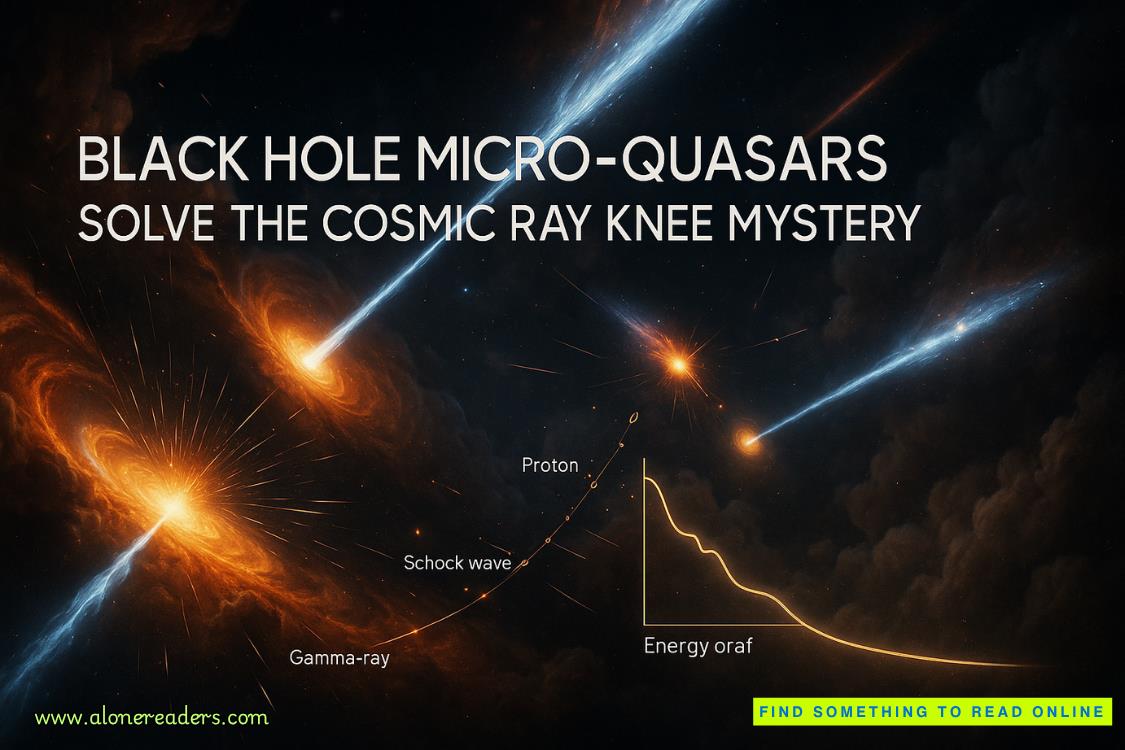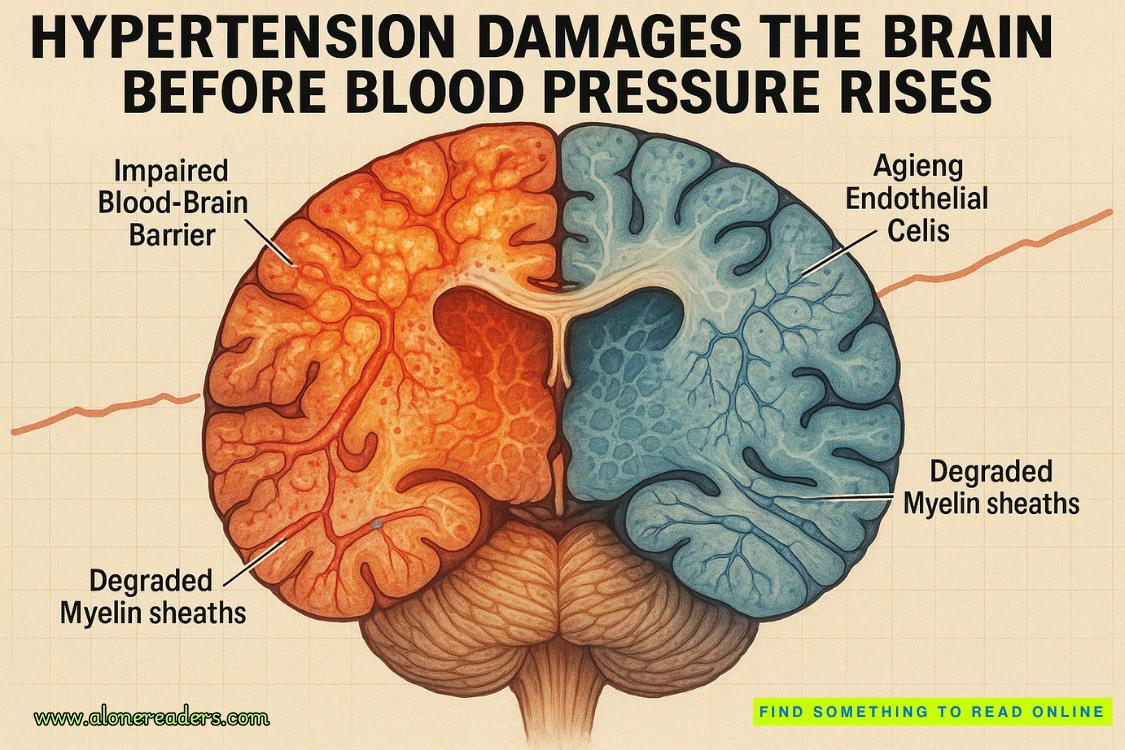Page 34 of The Girl on Hallow's Eve
He nods. “Yes.”
“Good. Good. I need you to hold your shirt as hard as you can against the wound. Press down. You want to stop the bleeding as much as possible until the paramedics can get you out of here. Okay? Can you do that for me?”
“Yes.”
“Good.”
I move his hands to where they need to be and press them down so he knows the amount of pressure he needs to apply, then get up and jog over to Sam. We head up the escalator, him facing up toward the top while I ride backward to monitor what’s happening below us and ensure no one surprises us by popping up out of nowhere.
Once we reach the top it doesn’t take long for us to discover the body of the cameraman in a pool of blood on the floor, his camera broken beside him. But George isn’t here.
“He has to be here somewhere. Just keep searching.”
It takes nearly an hour to completely clear the mall, but finally, we are able to start moving out the injured victims. The EMTs rush in and tend to be the most grievously wounded first, providing immediate treatment in an attempt to stabilize them before transferring them to the waiting ambulance outside. Once the ambulances are gone, other victims are put into the backs of squad cars and other vehicles to transfer them to the hospital as quickly as possible.
The parking lot is a crime scene on its own. The bodies of the entire news crew were found inside the vehicles, their faces frozen in permanent masks of terror. George himself was found cowering beneath a bench in the dressing room of one of the stores, covered in random articles of clothing he’d grabbed from the racks as he fled. He’s completely uninjured except for bruises on his knees from when he fell and a slight cut across his upper arm. He describes the killer flailing at him in an attempt to kill him, but by the position of the injury and the circumstances, I think it’s far more likely the killer attacked his cameraman and George ran, inadvertently getting in the way of a slash along the way.
The dead officers still lie just where we found them, covered with tarps, waiting for the medical examiner to arrive. He’ll check them just as he will each of the other dead victims found throughout the mall. It will be an overwhelming task. The number of victims is staggering. It’s difficult to wrap my head around the sheer carnage, the number of lives ended by what seems, by all survivor accounts, to be just one killer.
It’s hard to fathom that just one person could be responsible for something like this, but I know from experience it is not only completely possible, but it happens with painful frequency. Lone wolf attackers are often far more frightening than those who work together.
“There’s one more!”
I hear a shout coming from inside the mall and I turn from where I’m standing talking to Glen Nielson, who arrived when we were almost finished with the sweep. An officer and an EMT are running toward us and I jog to meet them.
“What’s going on?” I ask.
“Another victim,” the EMT says. “Teenage girl. Serious injuries, but fighting.”
“How did she get missed?” I ask. “The place was cleared.”
“I noticed a door I hadn’t gone through and when I checked it, it was open,” the officer says. “It led to what looked like a storage area.”
“The big gray doors?” I ask. “Near the nail salon?”
“No,” he says. “I mean, yes, big gray doors, but they were beside the movie theater. I went in and found her there.”
“The tunnels?” Rainey asks, having overheard us. He comes up beside me. “How did she get into the tunnels? Those doors were locked.”
“I guess they weren’t,” I say. “At least those weren’t.”
“No one had authorization to be in there during this event,” he says forcefully. “Those doors were to remain locked and the tunnels completely inaccessible.”
“Isn’t that how you said you left when you decided to go home?” I ask.
A flush of color darkens his cheeks for a second before he straightens, his chin lifting just slightly.
“I am the director of this mall. I have access to all areas without restriction. I don’t need any authorization,” he says.
“Which means that those areas weren’t secure, and it shouldn’t come as that much of a surprise that there were unlocked doors,” I point out.
“I didn’t use the doors near the movie theater. I used the ones at the back of the building where I would be least likely seen by anyone.”
“Because you didn’t want anybody knowing you were skipping out on your own dazzling community event?” I press.
“Because the goal of those areas is to create a more seamless shopping experience for our guests and provide more privacy and ease of movement for employees. Bringing attention to them would only lessen the effect,” he counters.
It’s only a slight variation from the brochure fodder Marissa fed to Sam and me about the tunnels and storage space during our open house tour, but I commend him for at least making an effort to come up with a somewhat different response. This man didn’t give me a great impression when I encountered him during the open house and it isn’t getting any better now.


